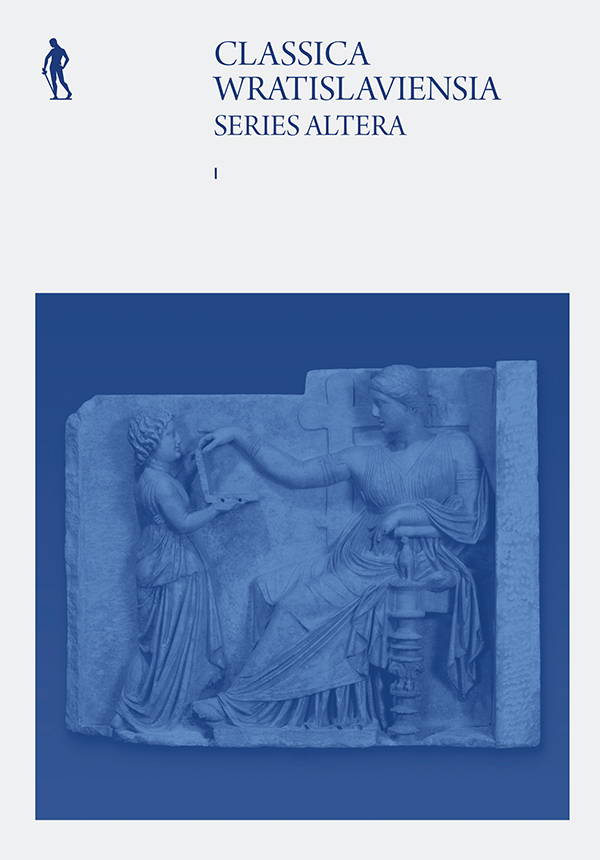

Artykuły

The article concerns the poem Dirae preserved in Appendix Vergiliana, or more precisely its second part that speaks of love for Lydia. The author presents the structure of the work, discusses the way of depicting female beauty and anthropomorphization of nature — which was later imitated by Petrarch — and assesses the selection of mythological motifs and indicates their sources (Homer, Hesiod). Regarding the portrayal of love, she assesses the differences in comparison to the Roman elegy as significant — the separation of lovers and the love drama in the poem about Lydia is not caused by the girl’s indifference infidelity, but by political decisions (confiscation of land in favour of war veterans forces a man to leave the village). The poem depicts free, fulfilled love as a transgression. Since the text in the codices is full of errors, its interpretation presented here also includes numerous reflections on manuscript lessons and publishers’ corrections (as in the last lines of the work, for example) or is based on the punctuation of sentence construction (as in verses 142–143 [L 38–40]).